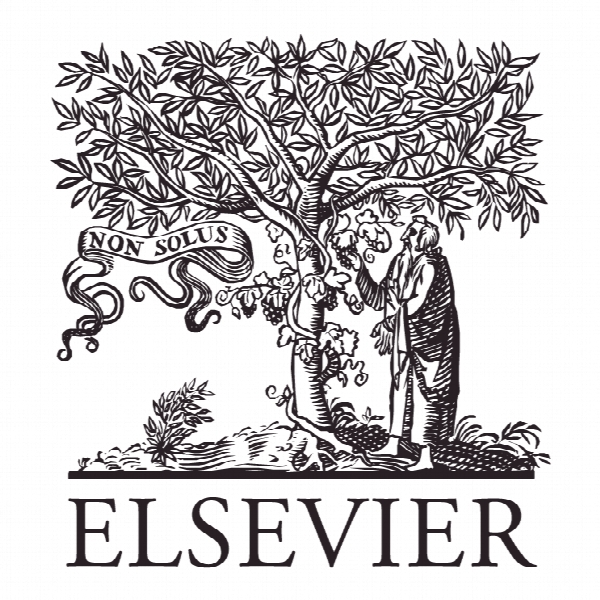مکانیک و رئولوژیک کامپوزیت های پلی کربنات تقویت شده با الیاف بازالت Mechanics and rheology of basalt fiber-reinforced polycarbonate composites
- نوع فایل : کتاب
- زبان : انگلیسی
- ناشر : Elsevier
- چاپ و سال / کشور: 2018
توضیحات
رشته های مرتبط مهندسی پلیمر
گرایش های مرتبط مهندسی مواد مرکب
مجله پلیمر – Polymer
دانشگاه ICT Materials & Components Research Laboratory – South Korea
شناسه دیجیتال – doi https://doi.org/10.1016/j.polymer.2018.06.004
منتشر شده در نشریه الزویر
کلمات کلیدی انگلیسی Basalt fiber, Polycarbonate (PC), Composite
گرایش های مرتبط مهندسی مواد مرکب
مجله پلیمر – Polymer
دانشگاه ICT Materials & Components Research Laboratory – South Korea
شناسه دیجیتال – doi https://doi.org/10.1016/j.polymer.2018.06.004
منتشر شده در نشریه الزویر
کلمات کلیدی انگلیسی Basalt fiber, Polycarbonate (PC), Composite
Description
1. Introduction Reinforcing fibers have been widely used for polymer composites, such as glass and carbon fibers [1e5]. The carbon fibers (CFs)- embedded polymer composites typically enhances the mechanical integrity, ductility, and flame retardancy and reduces the weight of polymer composites, extending to engineering applications such as space technology, aircraft industry, war industry and sports [6e9]. The major drawback of CFs is, however, their extremely high production cost, resulting in low loading capability. Instead of CFs, the most popular reinforcing fiber is glass fibers (GFs, ca. 85 wt% of reinforcing fibers), showing low coefficient of thermal expansion (CTE) and moisture resistance in the case of polymer composites [1,2]. Their overall mechanical properties are somewhat lower than that of the carbon fiber [2]. However, GFs are much more inexpensive than CFs. Recently, basalt fibers (BFs) have been examined due to similar mechanical properties and lower production cost, compared with glass fibers [10,11]. The BFs are extruded from igneous basalt-based volcanic rock, which is energy efficient and simpler than any other fiber without using an additive. Unlike GFs, BFs contain more components such as SiO2, Al2O3, CaO, MgO, Fe2O3, FeO, TiO2, K2O, and Na2O than GFs [10]. These various components provide large, complex crosslinked architecture, resulting in excellent chemical resistance under corrosive environments. They are also thermally stable, non-toxic, natural, and eco-friendly [10]. BFs have been employed in several thermoplastic polymers such as polypropylene (PP), polylactide (PLA) and poly(butylene succinate) (PBS) [12e14]. The mechanical properties of BF-embedded PP, PLA and PBS were primarily investigated. The incorporation of BFs into these three polymers enhanced their tensile strengths and moduli; however, it reduced the Izod impact strength. These researches have narrowly dealt with rheological properties [12e14]. Polycarbonates (PCs) have gained a myriad of applications, ranging from home appliances to the aerospace industry due to the excellent balance of optical transparency, mechanical robustness, heat resistance, impact strength, and electrical properties [15e17]. For high-performance PC applications such as the aviation industry, high-performance additives are embedded. Meanwhile, for general applications, low-cost mineral fillers are widely utilized to reduce the cost of the final product. Furthermore, PCs with low CTE are highly required for most electronic devices where thermal gradient and temperature fluctuations during the operation lead to substantial dimensional change, thereby causing distortion. The incorporation of inorganic mineral fillers can substantially reduce the CTE of the polymeric composites [18e20]. In particular, inorganic fibrous materials in a polymeric matrix are preferentially aligned along the flow direction, leading to significant reduction in the CTE along the flow direction [18,19]. The inorganic fibers also enhance the mechanical properties of PCs although toughness or strength impact is typically sacrificed as the ductile behavior of the moderate molecular weight PCs lies in the unique ductile-to-brittle transition region [21e23]. Several research groups have reported GF-reinforced PC composites [24e26]. However, BF-embedded PC (PC/BF) composites have not been reported to date. In this research, the rheological and mechanical properties of PC/BF composites were explored.


